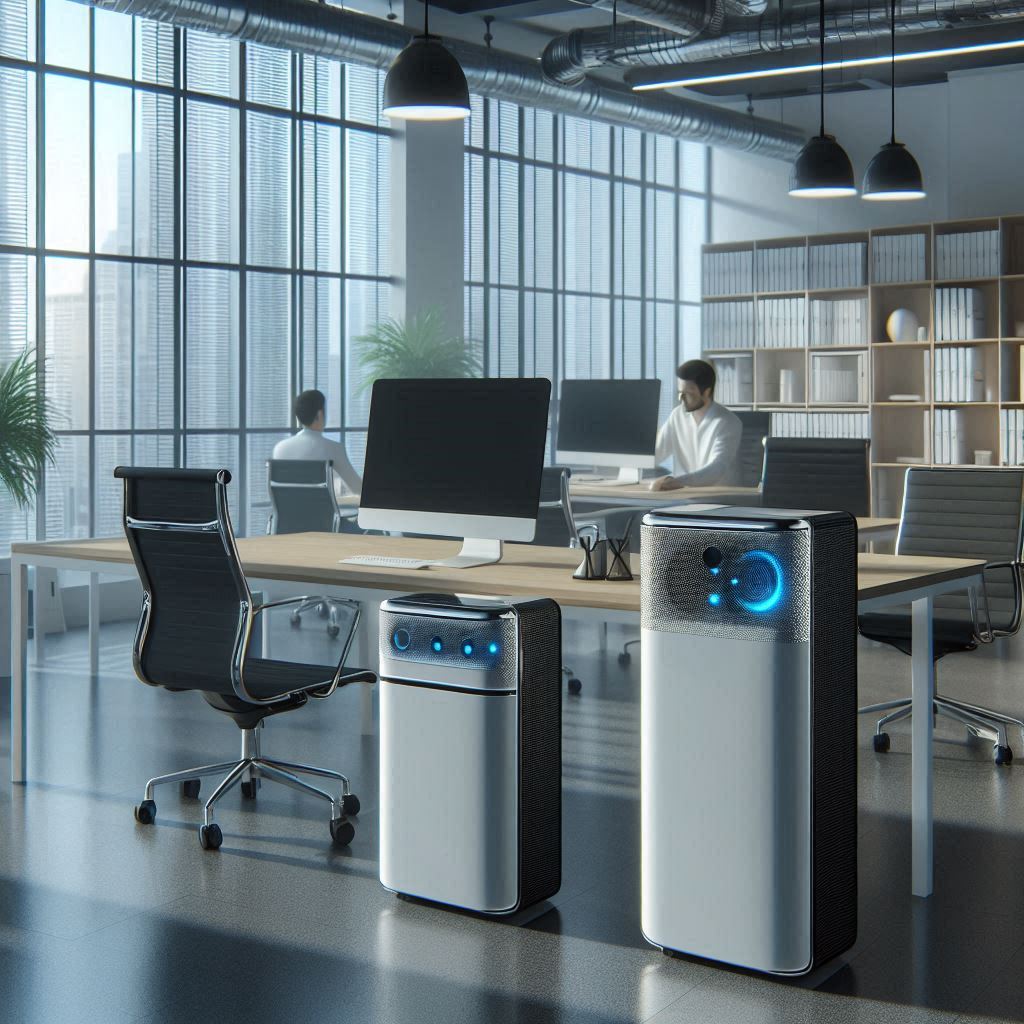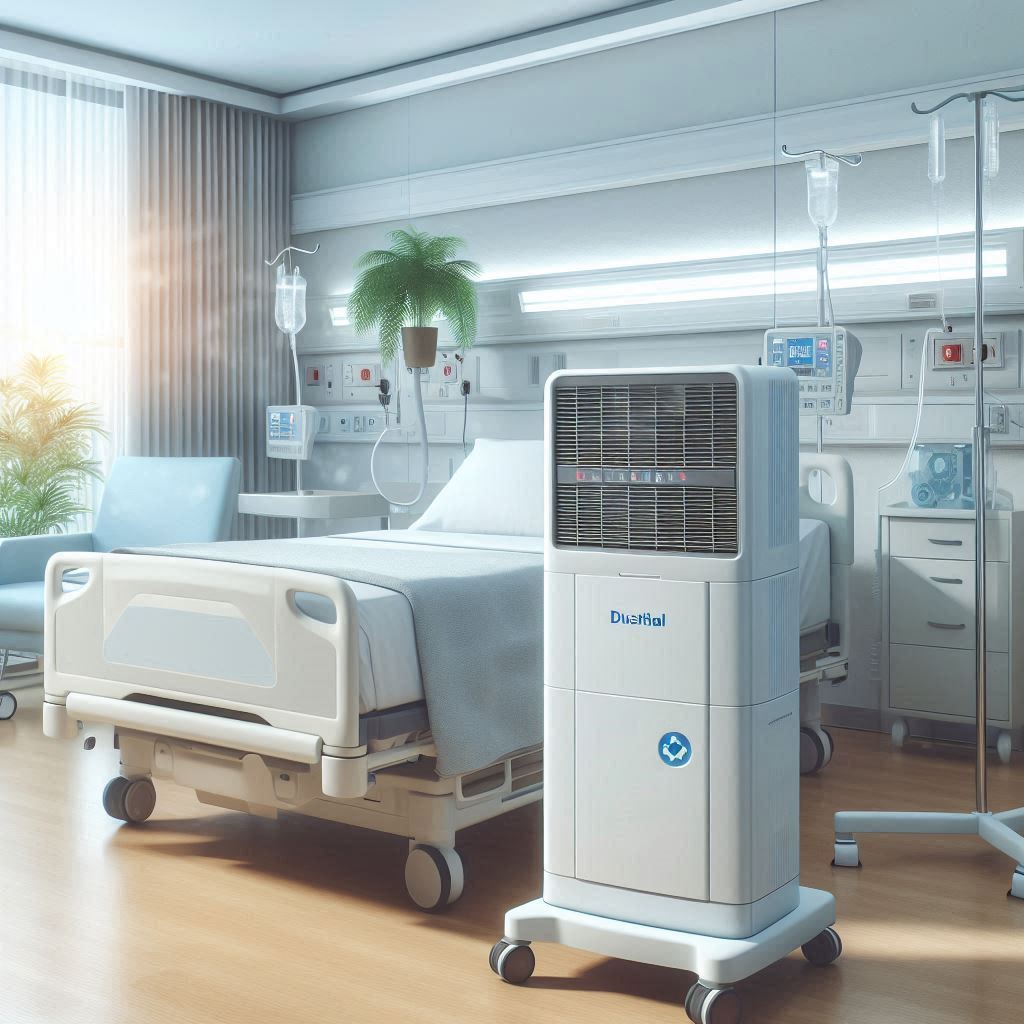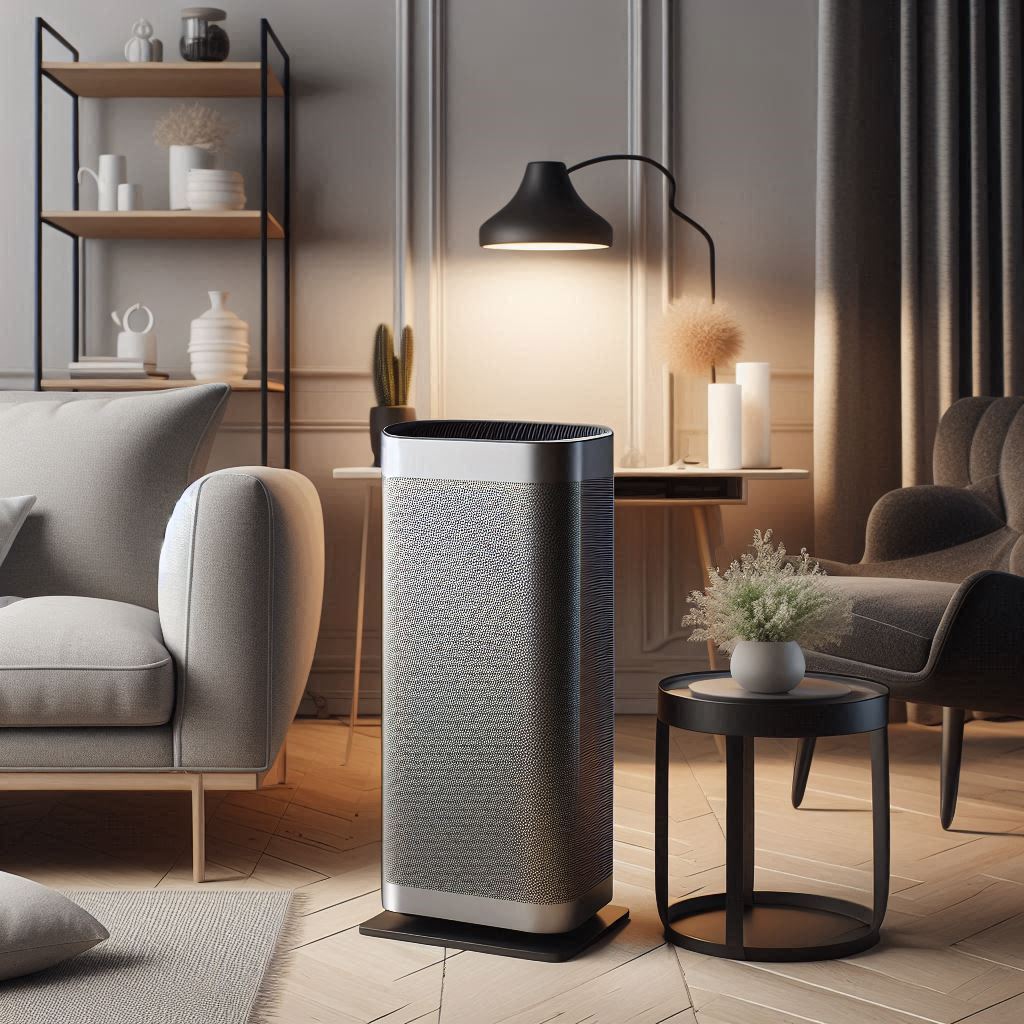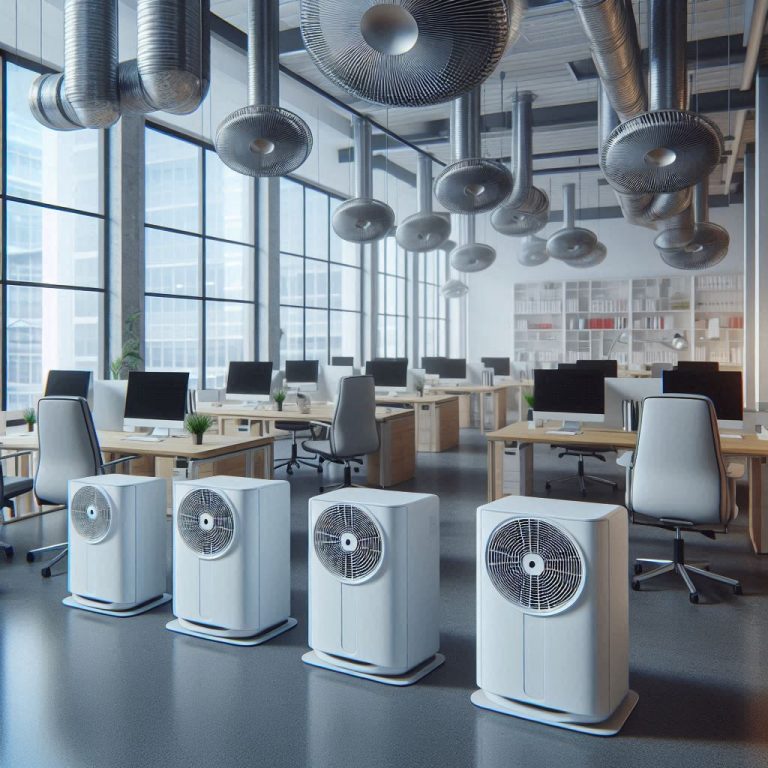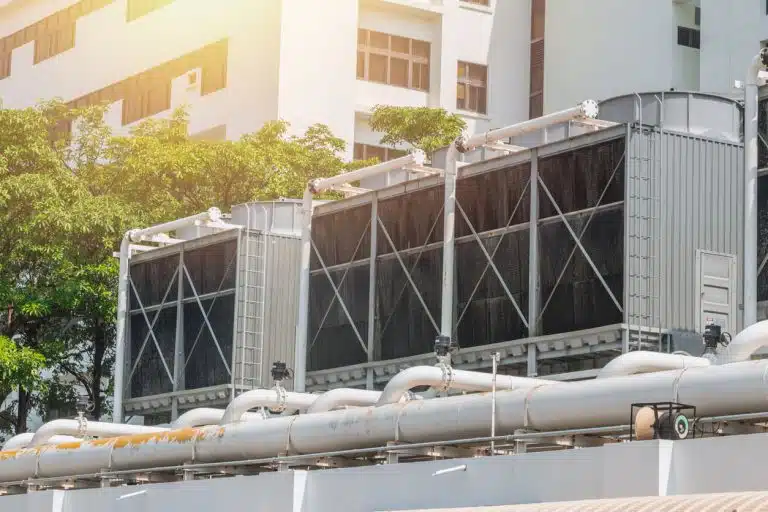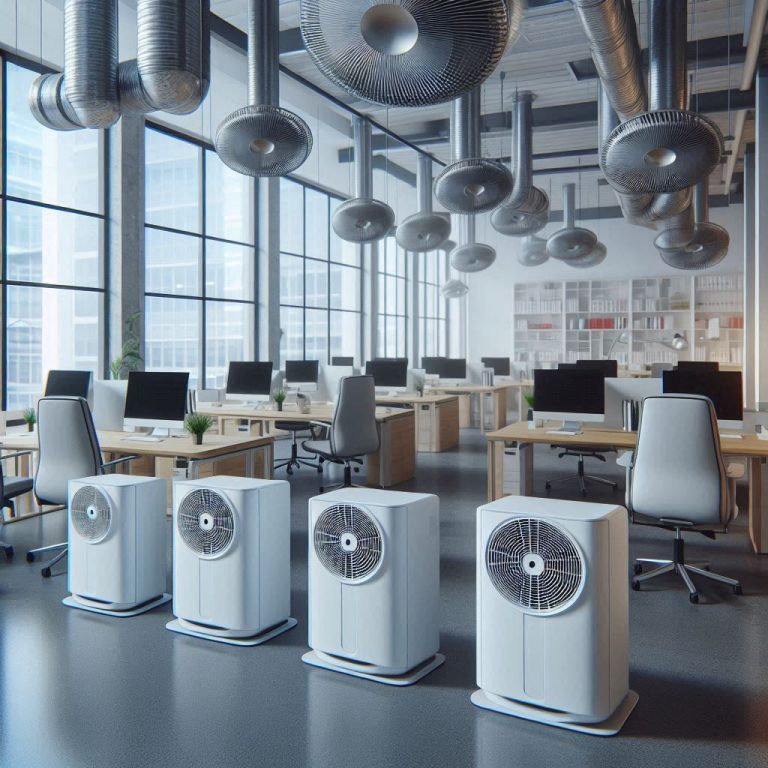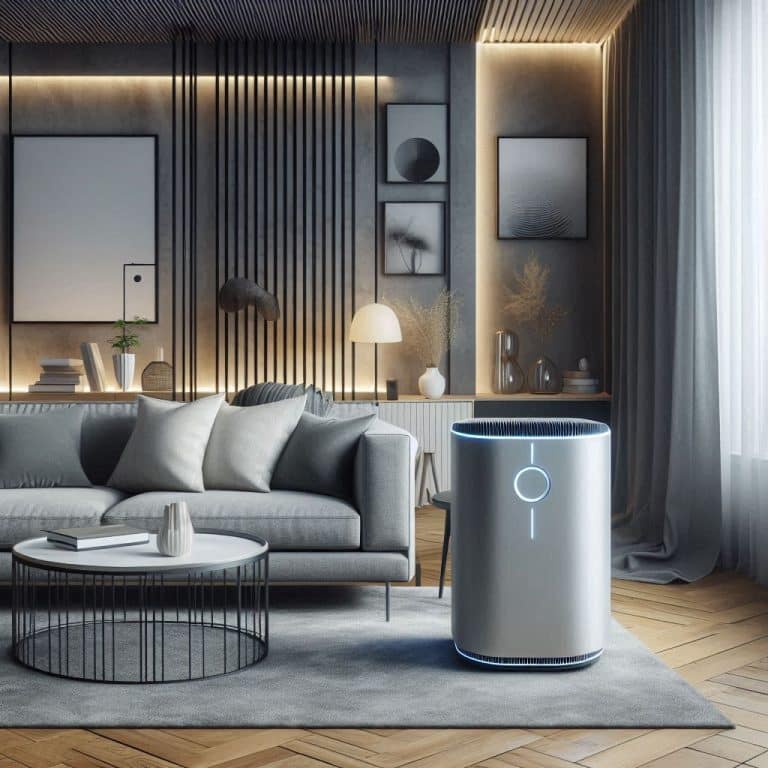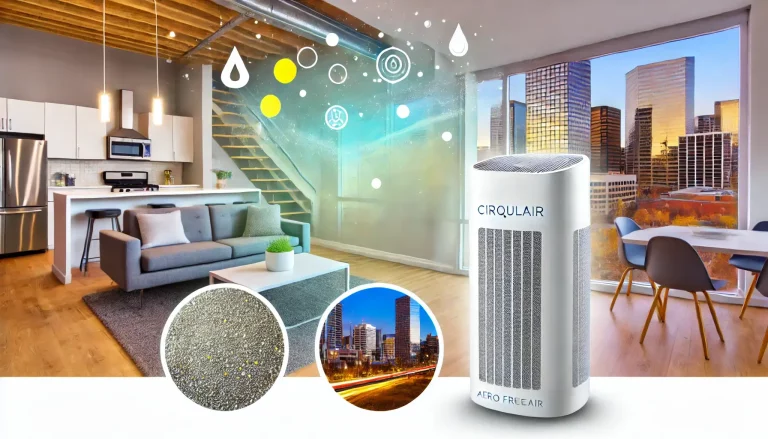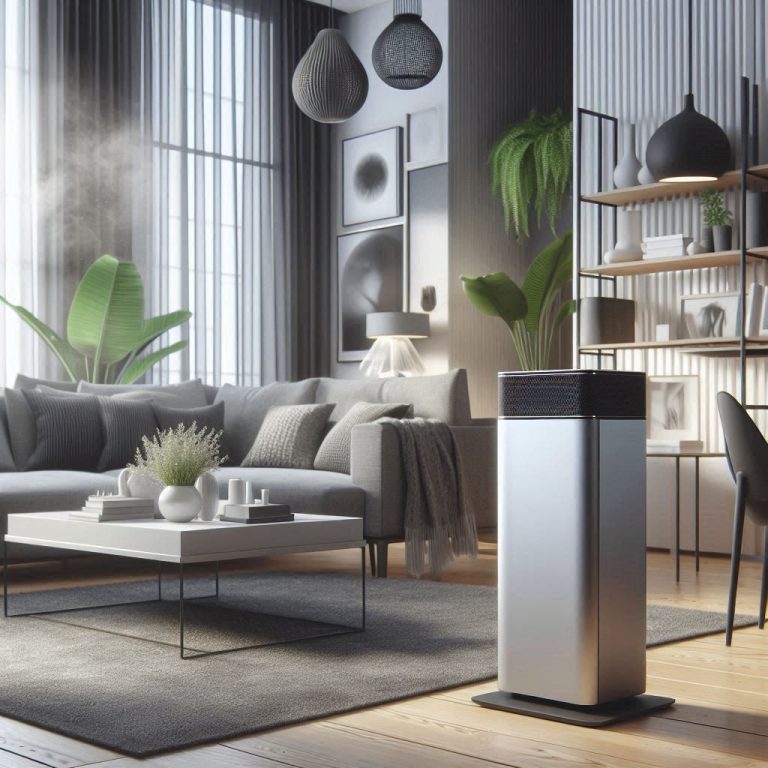Can Air Be Filtered? Here’s What You Need to Know!
In today’s rapidly industrializing world, the importance of clean air cannot be overstated. From urban smog to indoor pollutants, the air we breathe is constantly under threat. But *can air be filtered* effectively to remove these hazards? The answer is a resounding yes. Modern air filtration technologies have evolved to tackle a wide array of airborne contaminants, ensuring that the air we inhale is as clean as possible.
At the forefront of this revolution is Cirqulair Technology, utilized by Aero Fresca Inc. Our systems are designed to be 1000 times more effective than traditional filtration methods, efficiently removing harmful toxic particles, viruses, and even nano particles. This makes them ideal for industrial, commercial, medical, environmental, and home settings. The key to our success lies in our ability to address the finest contaminants that other systems often miss.
Breathe Clean, Live Better! Upgrade to our Advanced Air Purifying System today and eliminate 100% of ultrafine particles down to 1 nanometer in one pass. Don’t compromise on your family’s and employee’s health. Act now and transform your indoor air quality! Visit https://aerofresca.com for more information.
Understanding How Air Can Be Filtered
To comprehend how air can be filtered, it’s essential to delve into the mechanisms and technologies involved. Air filtration primarily targets airborne particles, which range from larger dust and pollen particles to microscopic viruses and nano particles. These contaminants can pose significant health risks, exacerbating allergies, respiratory conditions, and even transmitting diseases.
The filtration process typically involves several stages:
- Pre-filtration: This initial stage captures larger particles like dust and hair, preventing them from clogging the finer filters that follow.
- HEPA Filtration: High-Efficiency Particulate Air (HEPA) filters are renowned for their ability to trap up to 99.97% of particles as small as 0.3 microns, including pollen, mold spores, and some bacteria.
- Activated Carbon Filtration: This stage is crucial for removing odors, gases, and volatile organic compounds (VOCs) through adsorption, where contaminants adhere to the surface of the activated carbon.
- UV-C Light: Ultraviolet light can be used to kill or inactivate microorganisms such as bacteria and viruses, adding an extra layer of protection.
However, traditional methods have their limitations, particularly when it comes to filtering out the smallest particles, such as nano particles and certain viruses. This is where advanced technologies like Cirqulair come into play. By utilizing cutting-edge materials and innovative designs, Cirqulair Technology enhances filtration efficiency, making it possible to achieve near-perfect air purity.
Understanding these processes highlights the critical role that effective air filtration systems play in maintaining healthy environments across various settings. By employing multiple filtration stages and advanced technologies, modern air purifiers can deliver pristine air quality, safeguarding our health and well-being.
Technologies Behind Effective Air Filtration
The quest for effective air filtration is driven by the need to combat the myriad of airborne pollutants that threaten our health. Advances in technology have significantly improved the efficiency and effectiveness of air purifiers. Here’s a closer look at the key technologies that power modern air filtration systems:
High-Efficiency Particulate Air (HEPA) Filters: Widely regarded as the gold standard in air filtration, HEPA filters work by forcing air through a fine mesh that traps harmful particles such as pollen, pet dander, dust mites, and tobacco smoke. HEPA filters are capable of capturing particles as small as 0.3 microns with a 99.97% efficiency.
Activated Carbon Filters: These filters use a form of carbon that has been treated to be extremely porous. Activated carbon filters are highly effective at adsorbing gaseous pollutants, including volatile organic compounds (VOCs), odors, and chemical fumes, making them essential for improving indoor air quality.
Ultraviolet Germicidal Irradiation (UVGI): UVGI uses short-wavelength ultraviolet light to kill or inactivate microorganisms by destroying their nucleic acids and disrupting their DNA. This technology is particularly effective against bacteria, viruses, and mold spores, ensuring that air is not only clean but also free from harmful pathogens.
Photocatalytic Oxidation (PCO): This advanced technology involves the use of a photocatalyst, usually titanium dioxide, in conjunction with UV light to produce hydroxyl radicals. These radicals oxidize and break down organic pollutants into harmless substances like carbon dioxide and water. PCO is effective at reducing VOCs and other organic contaminants.
Electrostatic Precipitators: These devices use an electrostatic charge to remove particles from the air. Air is passed through an ionization section where particles are charged, and then through a collection section where they are attracted to and adhere to oppositely charged plates. This method is effective for capturing fine particles, including smoke and dust.
Cirqulair Technology: At the forefront of innovation, Cirqulair Technology combines the strengths of traditional filtration methods with advanced materials and design to achieve unparalleled efficiency. By targeting ultrafine particles down to 1 nanometer, Cirqulair ensures a level of air purity that is unmatched by conventional systems.
These technologies collectively enable air purifiers to tackle a wide range of pollutants, providing cleaner and healthier air for various environments, from homes and offices to medical and industrial settings. As technology continues to evolve, so too will the capabilities of air filtration systems, paving the way for even more effective solutions in the future.
Benefits of Filtering Air
Filtering air offers a multitude of benefits that extend beyond mere comfort, significantly impacting health, productivity, and overall well-being. Here are some of the key advantages of effective air filtration:
Improved Respiratory Health: One of the most immediate benefits of air filtration is the reduction of airborne pollutants such as dust, pollen, and pet dander that can trigger respiratory issues. Individuals suffering from allergies, asthma, and other respiratory conditions often experience significant relief when air purifiers are used to maintain a clean indoor environment.
Reduction of Harmful Chemicals: Indoor air can be contaminated with volatile organic compounds (VOCs) emitted from household products, furniture, and building materials. Effective air filtration systems, especially those equipped with activated carbon filters, can adsorb these harmful chemicals, reducing the risk of health issues such as headaches, dizziness, and long-term chronic conditions.
Elimination of Pathogens: Technologies like Ultraviolet Germicidal Irradiation (UVGI) and Photocatalytic Oxidation (PCO) are highly effective in neutralizing bacteria, viruses, and mold spores. This is particularly beneficial in medical settings and households with vulnerable individuals such as the elderly, children, or those with weakened immune systems.
Enhanced Sleep Quality: Clean air contributes to better sleep by reducing the number of irritants that can disrupt breathing patterns during the night. Individuals often report better sleep quality in environments where air purifiers are used to maintain pristine air quality.
Boosted Productivity and Cognitive Function: Studies have shown that poor air quality can negatively impact cognitive function and productivity. By filtering out pollutants and maintaining clean air, individuals can experience improved concentration, decision-making abilities, and overall mental clarity, which is particularly beneficial in workplace settings.
Odor Removal: Air purifiers equipped with activated carbon filters are highly effective at removing unpleasant odors caused by cooking, pets, smoke, and other sources. This results in a fresher, more pleasant indoor environment.
Protection of Indoor Environments: Airborne particles can accumulate on surfaces, leading to wear and tear on electronics, furniture, and other household items. By reducing the concentration of these particles, air purifiers help to protect and prolong the lifespan of indoor environments and belongings.
The benefits of filtering air are extensive and far-reaching, making it an essential practice for maintaining a healthy, comfortable, and productive indoor environment. As awareness of indoor air quality continues to grow, the adoption of advanced air filtration systems will become increasingly prevalent, enhancing the quality of life for individuals across various settings.
Applications in Various Settings
Air filtration systems have versatile applications across a wide range of settings, each benefitting from the unique advantages that these systems provide. Let’s explore how air purifiers are utilized in different environments:
Industrial Settings: Factories and manufacturing plants often release a significant amount of dust, chemicals, and other pollutants into the air. High-efficiency air filtration systems are crucial in these settings to protect workers’ health and comply with environmental regulations. They help to reduce inhalation of harmful substances, thereby minimizing the risk of occupational diseases.
Commercial Spaces: In offices, retail stores, and hospitality venues, air quality directly affects employee productivity and customer satisfaction. Implementing air purifiers in these spaces ensures a healthier environment, reduces absenteeism due to illness, and creates a more pleasant atmosphere for both staff and visitors.
Medical Facilities: Hospitals, clinics, and other healthcare settings require stringent air quality standards to prevent the spread of infectious diseases. Advanced air filtration systems, including HEPA filters and UVGI technology, are essential to maintain sterile environments and protect patients, healthcare workers, and visitors from airborne pathogens.
Environmental Applications: Air purification technology is also critical in addressing broader environmental concerns. For instance, air purifiers are used in areas affected by wildfires to remove smoke and particulate matter. They can also be employed in urban areas with high pollution levels to improve air quality and protect public health.
Home Settings: Residential air purifiers are increasingly popular as people become more aware of indoor air quality’s impact on health. These systems are particularly beneficial for homes with pets, smokers, or individuals suffering from allergies and asthma. By eliminating dust, pollen, pet dander, and other indoor pollutants, air purifiers create a safer and more comfortable living environment.
Educational Institutions: Schools and universities can benefit from improved air quality by reducing the spread of colds, flu, and other airborne illnesses. Cleaner air contributes to a healthier learning environment, which can enhance student performance and reduce absenteeism among both students and staff.
Transportation Hubs: Airports, train stations, and bus terminals experience high foot traffic and can quickly become hotspots for airborne contaminants. Air filtration systems in these settings help to maintain air quality, ensuring the health and safety of travelers and employees.
As the importance of indoor air quality continues to gain recognition, the application of air filtration systems across various settings becomes increasingly critical. Each environment presents unique challenges and requirements, but the overarching goal remains the same: to provide clean, healthy air for all occupants.
Choosing the Right Air Purifier
Selecting the ideal air purifier for your needs can be a daunting task, given the multitude of options available on the market. However, understanding a few key considerations can simplify the process and ensure you make an informed decision.
1. Understand Your Needs: The first step is to identify the specific pollutants you need to address. Are you dealing with allergens such as pollen and pet dander, or more dangerous particles like mold spores, toxins, and viruses? Different air purifiers are designed to tackle different types of contaminants, so knowing your primary concerns will help narrow down your choices.
2. Consider the Room Size: Air purifiers come in various sizes and capacities. It is crucial to choose a unit that matches the size of the room where it will be used. Most manufacturers provide a recommended room size for each model, making it easier to select one that will be effective in your space. Remember, a purifier that is too small for the area won’t be efficient, while an oversized unit may consume more energy than necessary.
3. Filter Types and Maintenance: Different air purifiers use various filtration methods, including HEPA filters, activated carbon filters, and UV light technology. Each has its strengths and maintenance requirements. For instance, HEPA filters are excellent for trapping tiny particles but need regular replacement. Activated carbon filters are effective against odors and chemicals but also require periodic replacement. Consider the maintenance costs and effort involved when making your choice.
4. Noise Levels: Noise can be a significant factor, especially if the purifier will be used in bedrooms or quiet office spaces. Check the noise specifications and look for models with a ‘quiet mode’ or low decibel ratings to ensure it won’t be disruptive.
5. Energy Efficiency: Energy consumption is another critical factor, particularly for units that will run continuously. Look for energy-efficient models that have earned certification from recognized programs, such as Energy Star, to help reduce your electricity costs and environmental footprint.
6. Additional Features: Modern air purifiers often come with additional features like air quality sensors, smart connectivity, and multiple fan speeds. These can offer added convenience and functionality but may also increase the price. Assess which features are essential for you and which ones you can do without.
By keeping these factors in mind, you can make a well-informed choice that best suits your needs and ensures optimal air quality in your environment. Remember, investing in a high-quality air purifier is an investment in your health and well-being.
Breathe Clean, Live Better! Upgrade to our Advanced Air Purifying System today and eliminate 100% of ultra-fine particles down to 1 nanometer in one pass. Don’t compromise on your family’s and employees’ health. Act now and transform your indoor air quality!
Are You Happy Knowing That Every Other System Only Captures 10% Of Airborne Particles?
Breathe Clean, Live Better! Upgrade to our Advanced Air Purifying System today and eliminate 100% of ultrafine particles down to 1 nanometer in one pass. Don’t compromise on your family’s and employee’s health. Act now and transform your indoor air quality!


